‘In which Annie gives it those ones’, a movie that came out in the year 1989 featuring an honest life of a typical architecture college and its students. The principal figure is a titular character – Annie, or Anand Grover (played by Arjun Raina) who dreams of revolutionizing India through radical concepts. With a motive to reverse the whole process of urbanization, he suggests the growth of fruit farms alongside railway lines to make better use of excreta dumped on tracks by passing trains. This would end the migration from rural villages to urban cities. Such hare-brained schemes are “those ones” of the title – hippy-dippy fantasies of using architecture to be of some use of society. He questions in the movie, how could anyone else have not thought of the idea before he did. Well, the real scenario was even worse until hydroponics occupied its seat in the field of Architecture.

Hydroponics Brings Farmlands To Urban Cities
With the rapid change in the world, there is a proportional decline in land availability and the quality of the soil. Resources like freshwater are left to count on throughout the world. By the year 2050, the population figure is predicted to rise to 9 billion and at the same time, climate change could lower crop production by 25%.
Currently, with the expansion of cities & exhaustion of the rural lands, a vegetable growing on farmland travels about 2400 km before it reaches households. To keep it fresh and edible, it is sprayed with pesticides and chemicals. The food that one eats thus gets reduced to 50% of its nutrients, even 100% in some cases. Hence, the future of farming is being brought to cities across the world. Kimble Musk, brother of Elon Musk, and co-founder of Square Roots has a shipping container farm in Brooklyn. Under the streets of London, there is a shelter being converted into an underground farm. There are tiny farms under Michelin Star Restaurants in New York City and a Tokyo office building that has its own rice paddy field in the lobby.

Hydroponics might as well be the most sustainable way to feed the growing communities in moving forward. It is most efficient to grow leafy vegetables in vertical farms. Compared to traditional farms, vertical farms use 90% less land, gives 90% more fruit, and uses 90-98% less water with no soil. The UN estimates that 20-40% of crops that are grown are destroyed by pests. So, growing in a closed environment without soil means no pests and thus, no pesticides. Tower Garden collaborated with Tower Farms to birth True Gardens in Arizona, USA. It is one of the major successful examples who have envisioned to drastically reduce the regional agricultural problems against the temperatures and lack of resources.
In Small-Scale Projects
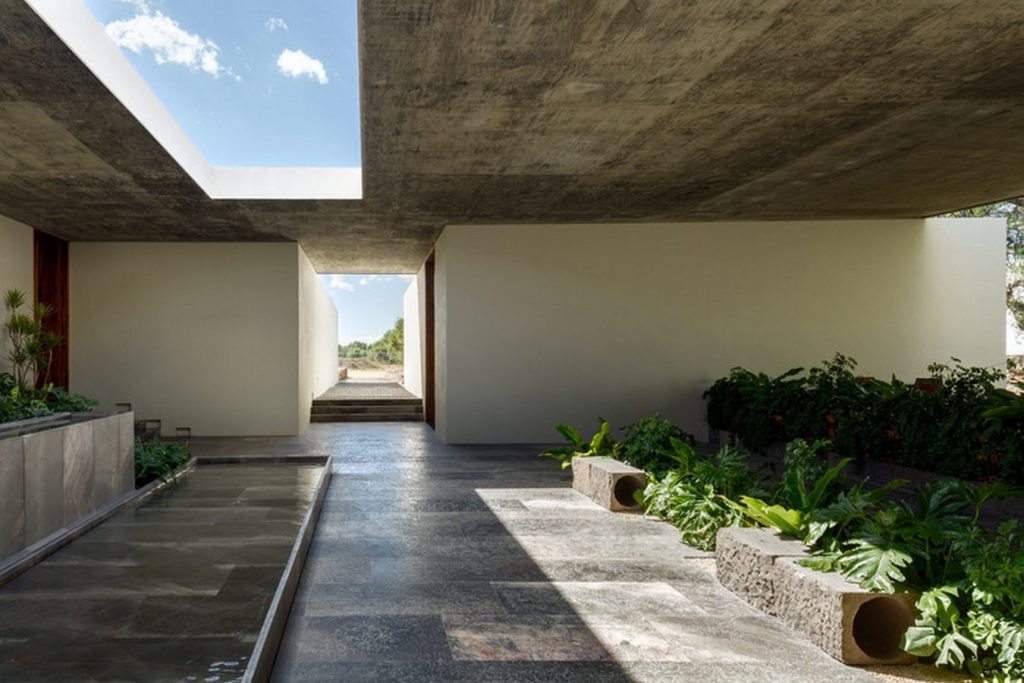
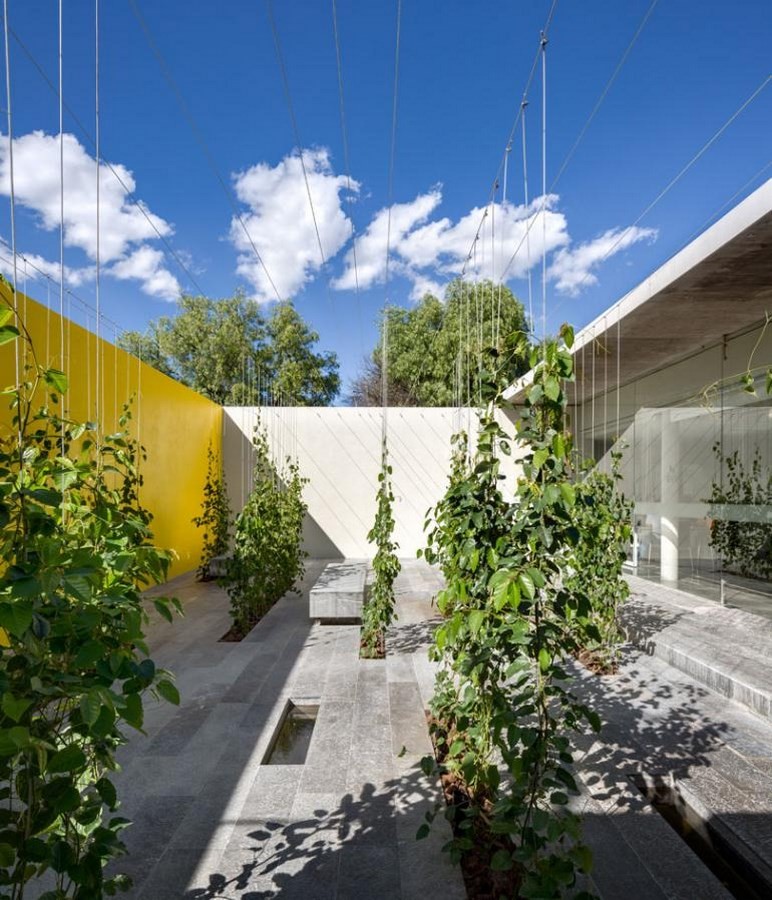
While people are getting under-built concrete to fabricate urban farms in the cities, some architects open a new aspect of Hydroponics in the field of Architecture. C.C Arquitectos – an architectural firm in Mexico, designed a contemporary office that meets modern hydroponics. The site became a major driving force for this project. The building block is located between two production warehouses of leafy green vegetables. The project was intended to resolve the location of offices in a space that made emphasis on the constant interaction of the areas. The context consists of agricultural fields that generate deep horizons. This became the second aspect the architect wanted to address: how to contain workspaces, bring a human scale to the whole, and provide visual breaks. He took advantage of the proximity to one of the production plant warehouses to visually involve the production process. It was intended to promote a friendly atmosphere, take distance from the corporate condition, and try to approach a community working for common purposes. This example shall inspire one, and all the designers to break the stereotypical boundary of application of hydroponics that limits to only vertical farming.
Hydroponics Meets Art
Before you proceed to read further, I would like you to take a pause and imagine –what if, hydroponics meets art and architecture with a pinch of technology? In advance of you declaring the amalgamation impossible, I would like to introduce a project known as Kinetic Green Canvas, Built by Associative Data (BAD) along with Green Studios to create a prototype green art installation for building façades. The Canvas consists of individual modules, each of which is a cube made from a steel framework, back paneling, L-shaped jambs, secondary structure, waterproofing board, irrigation piping, Green Studios hydroponic skin, and plants. These layered components are assembled on four sides of the cube module, with a motor and water pipe attachment that circulates water throughout. Varied shades of green grass are grown on each face and can create changeable ‘pixel’ art. All we need is art and plants to cheer up the neighborhood, so why not combine the best of both worlds?


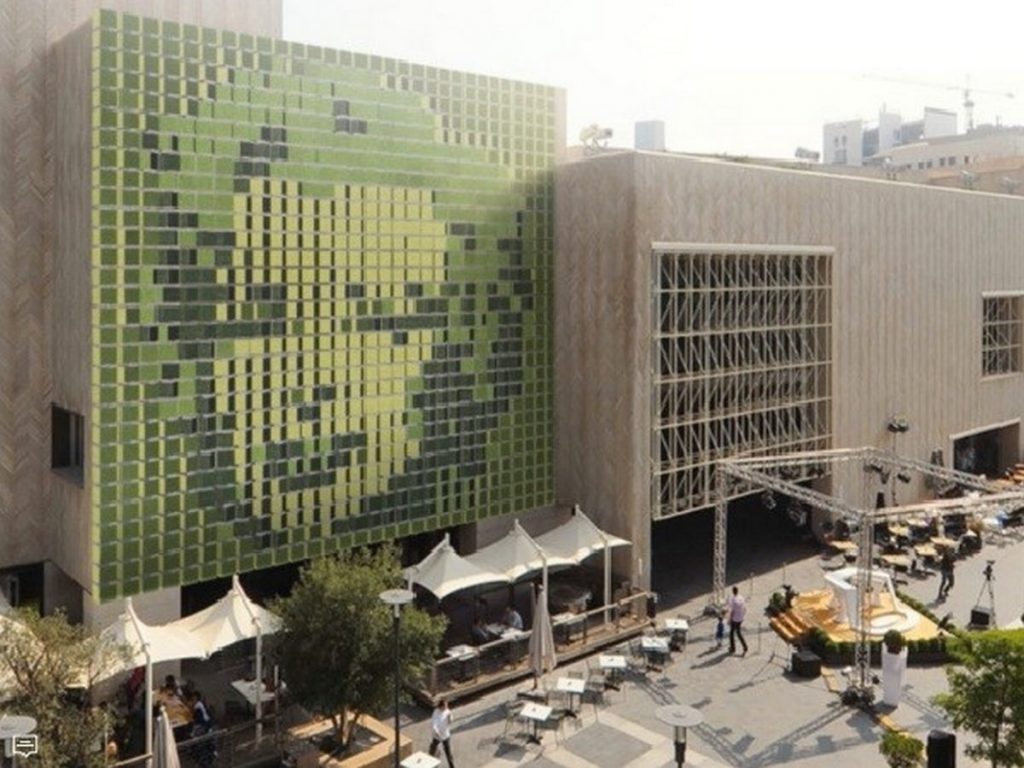
It Builds A Tiny Ecosystem
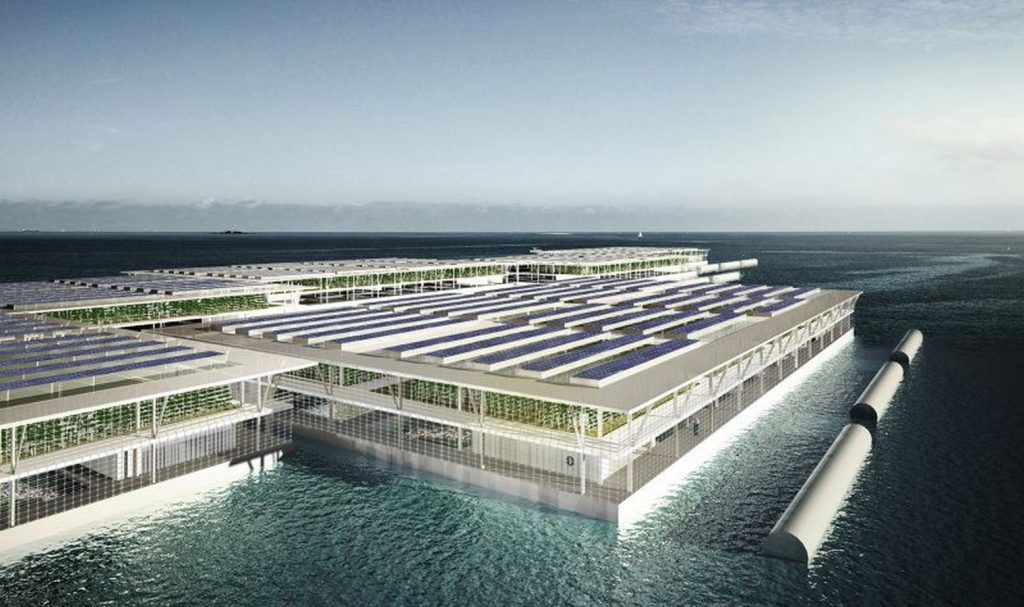
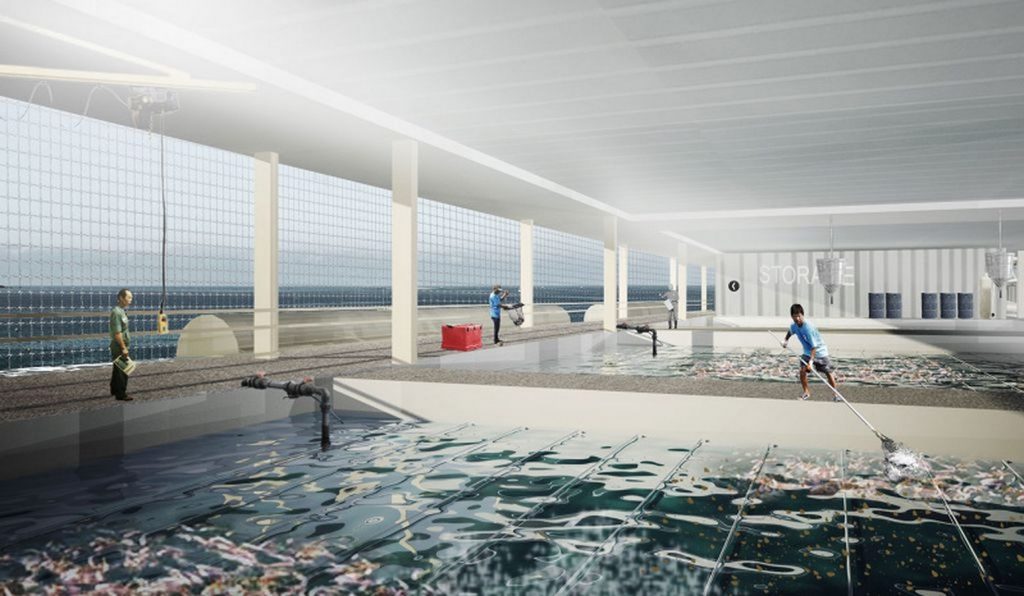
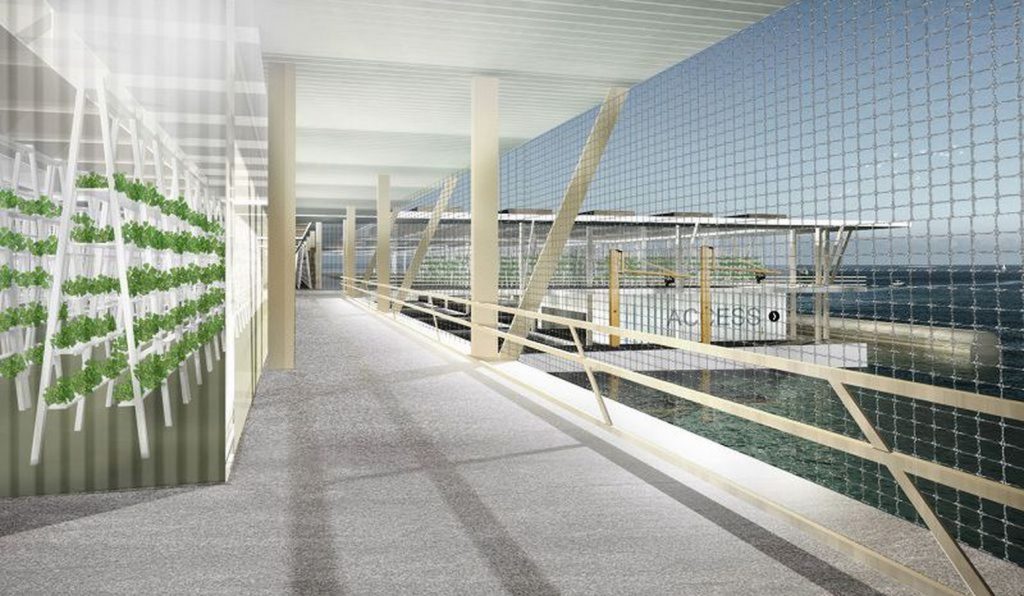
Amidst the sea or river, grows a field yielding a ton of vegetables, fruits, and fish each year! Barcelona-based architectural firm – Forward Thinking Architecture floats an idea of a complete ecosystem. With the ideology of no land-no problem, the firm proposes ‘Smart Floating Farms’; large triple-decker agriculture barges that feature fish farms down below, hydroponic gardens up top and, solar panels on the roof to keep things running. The designers contend that all of this could, in theory, operate pretty much automatically with minimal human intervention. A project takes the right direction when the classical elements merge together to support life and are self-sufficiently sustainable.
The extent of Hydroponics spreads exponentially more and beyond. It has been experimented within the farming sector and is successfully solving major world crises in the present and for the coming future. The growing trend in architecture shall meet advanced technology and who knows, we might even have growing buildings using hydroponics! Contradicting what we’ve always been taught – I would recommend building castles in the air. It could be one significant bridge for the human race to jump to productive architecture.























